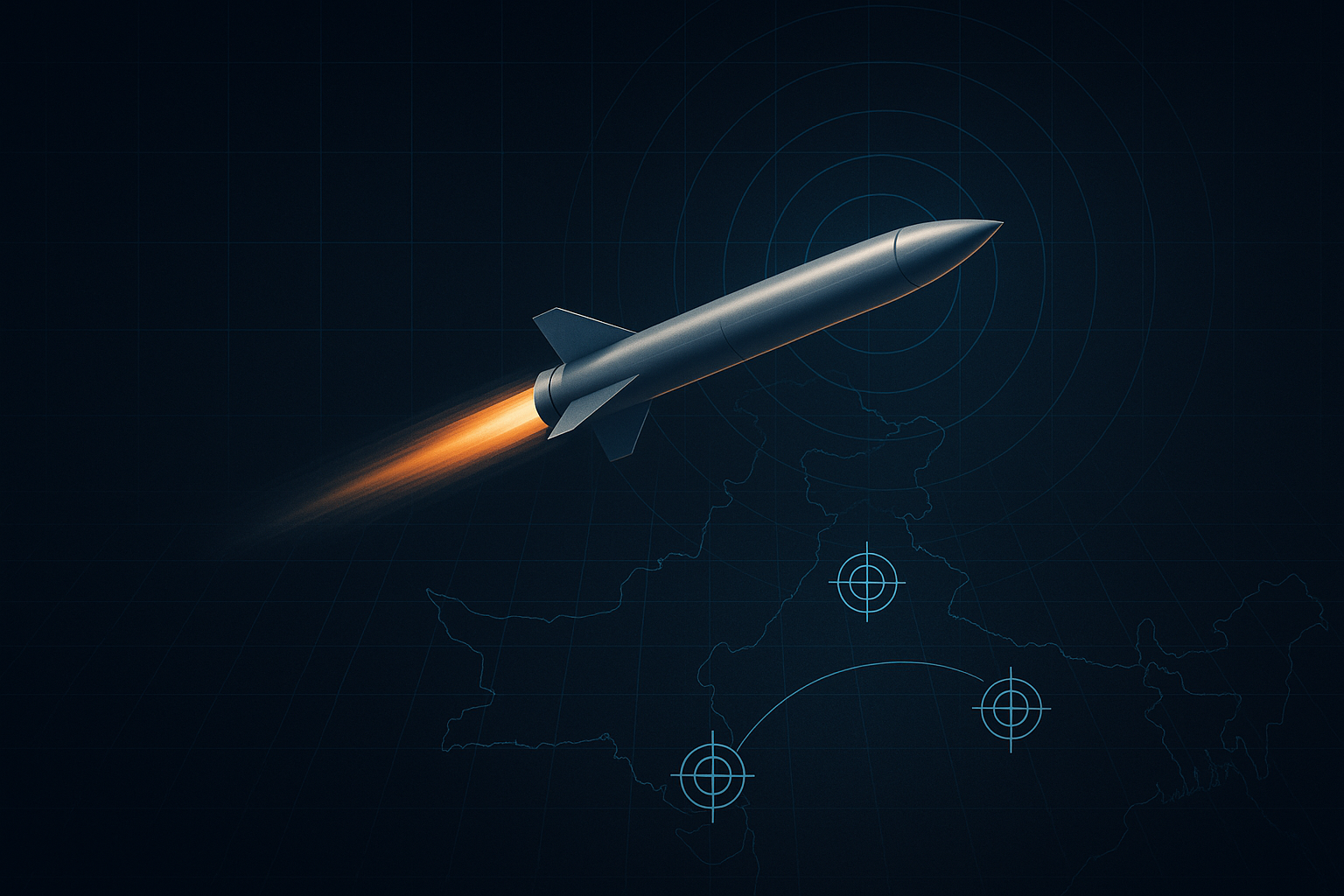Physical Address
304 North Cardinal St.
Dorchester Center, MA 02124
Physical Address
304 North Cardinal St.
Dorchester Center, MA 02124

Early on May 7 2025, India executed Operation Sindoor—a series of precision missile strikes on nine terrorist facilities inside Pakistan and Pakistan‑Occupied Kashmir. The objective: dismantle the infrastructure used by groups such as Lashkar‑e‑Taiba (LeT), Jaish‑e‑Mohammed (JeM) and Hizbul Mujahideen (HM) without harming surrounding civilian areas. Over a 26‑minute window (01:04–01:30 IST) 24 guided munitions found their marks.
While headlines centred on the political stakes and the hardware—SCALP cruise missiles, HAMMER precision bombs, and loitering munitions—the real star was the math running silently inside every seeker head. This post peels back the shroud on those algorithms and shows why they matter.
🎙️ Listen:The Secret Sauce Behind Sindoor’s Precision Hits
One of the oldest—and still most effective—homing strategies is Proportional Navigation (PN).
Core idea: if the missile keeps the rotation rate of its velocity vector proportional to the rotation rate of the line‑of‑sight (LOS) to the target, the two paths converge.
The normal acceleration required is

where:
If LOS spikes because the target jinks sideways, the missile instantly commands a larger turn. If the LOS is steady, only small corrections are needed.
Augmented PN and modern Kalman‑filter variants layer in target acceleration, 3‑D gravity compensation, and multi‑sensor fusion—but the PN backbone remains recognisable.
The synergy of these systems enabled Indian planners to strike specific buildings within dense urban clusters such as Muridke and Bahawalpur, while leaving adjacent civilian structures intact.
Try adjusting missile speed, selecting targets, and pressing L to launch—the proportional-navigation logic guides each missile to its mark.
Website: https://sindoor.oofn.in/
"""A *very* simplified 2‑D proportional‑navigation interceptor demo."""
import numpy as np
def proportional_navigation(target_pos, missile_pos, missile_vel, N=4, dt=0.05, hit_radius=1.0, steps=2000):
traj = []
for _ in range(steps):
rel = target_pos - missile_pos
dist = np.linalg.norm(rel)
if dist <= hit_radius:
break # target hit
# LOS unit vector and its rate (finite difference approximation)
losu = rel / dist
# angular rate approximation
vel_cross = np.cross(np.append(missile_vel, 0), np.append(losu, 0))
lam_dot = vel_cross[2] / (dist ** 2)
# command normal acceleration (perpendicular to velocity)
accel = N * lam_dot * np.linalg.norm(missile_vel)
# rotate acceleration into the plane
normal = np.array([-missile_vel[1], missile_vel[0]])
normal /= np.linalg.norm(normal)
missile_vel += accel * normal * dt
missile_pos += missile_vel * dt
traj.append(missile_pos.copy())
return np.array(traj)Run the function with initial positions and plot the trajectory to see how the missile curves onto the target.
Operations like Sindoor remind us that the cutting edge of national defence lies as much in lines of code as in tonnes of steel. Precision isn’t an adjective; it’s an algorithm. The next time global headlines speak of “surgical strikes,” remember the invisible mathematics guiding each weapon from launch to impact.